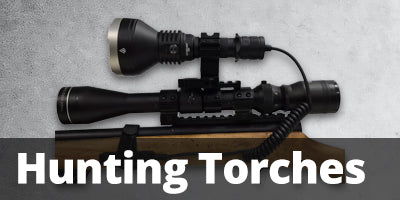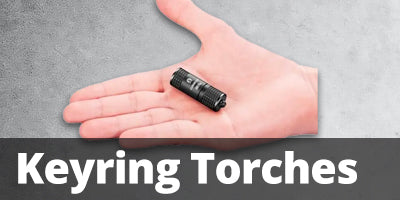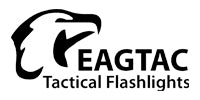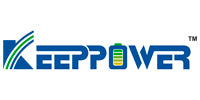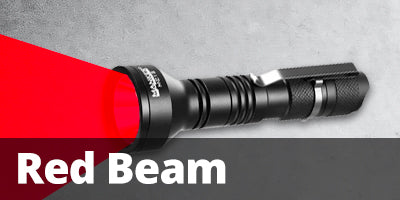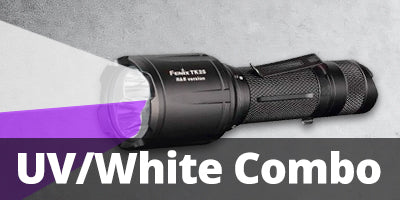
Unveiling the Invisible: Using UV Torches in Forensic Investigations
Crime scene investigation is a meticulous process, often relying on specialised tools to reveal hidden evidence. One such tool, often overlooked but surprisingly effective, is the UV torch (or black light torch). UV torches for forensics has opened a world of potential to investigate crimes faster.

Shining Light on Hidden Clues:
UV light, invisible to the naked eye, interacts with certain materials differently than visible light, causing them to fluoresce and become visible. This unique property allows forensics teams to:
- Detect bodily fluids: Blood, semen, saliva, and other bodily fluids often fluoresce under UV light, revealing trace evidence invisible to the naked eye.
- Identify fingerprints: Latent fingerprints, those left behind without visible residue, can sometimes be made visible by dusting the surface with fingerprint powder and then illuminating it with a UV torch.
- Expose fibre evidence: Fibres, like hair and clothing, can fluoresce under UV light, aiding in their identification and linking them to suspects or crime scenes.
- Uncover altered documents: Tampered documents may show alterations under UV light, revealing inconsistencies in ink or paper composition.
Beyond Basic Detection:
While UV torches offer valuable insights, they are just one piece of the investigative puzzle. Remember:
- Confirmation is crucial: Fluorescence under UV light doesn't definitively identify a substance. Further analysis using specialised techniques is necessary for confirmation.
- Professional training is required: Utilising UV torches effectively in forensics requires proper training and understanding of its limitations and potential misinterpretations.
- Combined approach is key: UV torches work best when used in conjunction with other forensic techniques like fingerprint analysis, DNA testing, and scene examination.

Choosing the Right UV Torch:
For forensic applications, a high-intensity UV torch with a wavelength of 365nm is ideal. This wavelength offers optimal visibility for a wider range of forensic evidence materials.
Safety Precautions:
Prolonged exposure to UV light can be harmful to the eyes. In a forensic setting, it's crucial to:
- Wear UV-protective eyewear: Always wear protective eyewear specifically designed to block UV light while using the torch.
- Minimise exposure time: Limit exposure time to the UV light to avoid potential eye damage.
- Follow proper protocols: Adhere to established forensic protocols and guidelines for using UV torches in investigations.
Conclusion:
UV torches play a valuable role in the arsenal of forensic tools, helping uncover hidden evidence that might otherwise be missed. However, it's essential to employ them alongside other techniques, with proper training and safety precautions, to ensure a comprehensive and accurate investigation.




